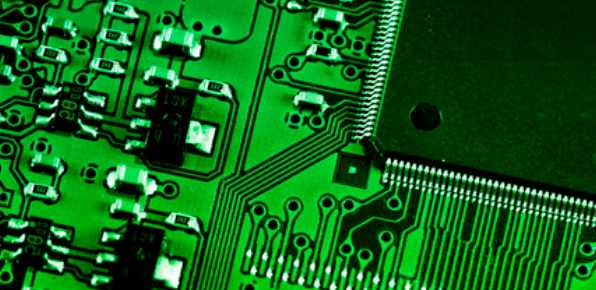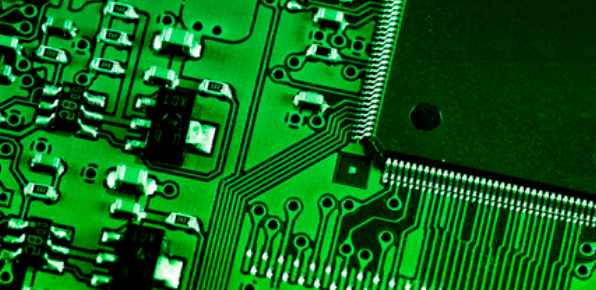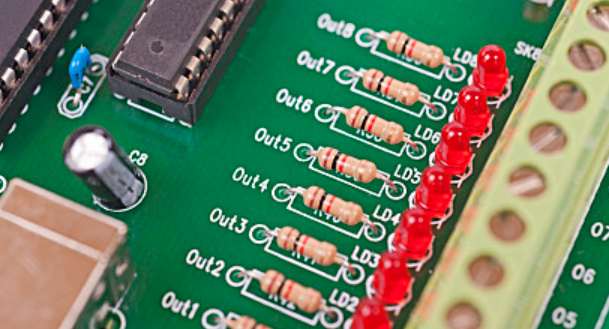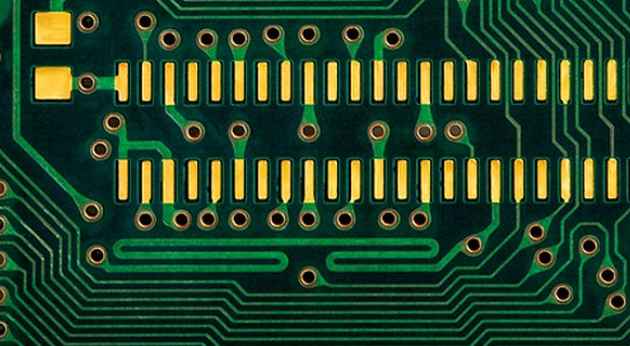
High speed and RF PCB wiring is a fine activity suitable for professional engineers. If you are new to the industry, you may be asking yourself how to start routing effectively. With high speed, engineers can bring their solutions to market faster. However, achieving this goal is not always as simple as one might think.
No matter how complex or simple your design, by using proper FR PCB layout practices, you can help ensure that your high-speed or RF PCB design meets speed and frequency requirements without unwanted reflections. The key thing to remember when designing a PCB is that it's not just about how good or bad it looks; The key is reliability, production speed and how much time will be saved in the manufacturing process.
This guide will provide a walkthrough of optimization strategies to help you achieve optimal layout in your high-speed and RF PCB projects.
Best guide to wiring high speed and RF PCBS
Here are some best practices to help wire high speed and RF PCBS
Use difference pairs for high-speed routing
A difference pair is two signal wires that share the same ground wire but are electrically isolated from each other. They can be used in place of traditional single-ended wires when very long lines are required, such as those used in high-speed PCB designs. Differential comparisons of single-ended lines provide better noise suppression because they are more immune to common-mode signals (i.e. noise).
For example, an electromagnetic field generated by one wire in a single-ended pair can be picked up by another wire and amplified by a receiver. In a difference pair, this would cause both lines to become higher, which would be detected as noise rather than valid data.
Differential pairs have several advantages over single routing in RF PCB design:
Differential signals are less susceptible to noise than single-ended ones. Differential circuits eliminate noise, which explains why they are commonly used in high-speed and RF PCB designs such as HDMI.
Differential comparison single - ended routing has better impedance matching. This allows them to provide more power and reduce reflections when running long cables.
Differential pairs provide better EMI shielding than single-ended wiring, which is why they are also used in low-power designs such as USB.

Use through holes to reduce the length of the truncated line
When wiring high speed or RF PCBS, the length of the short line must be reduced as much as possible. This can be done by using through-holes in your RF PCB design. For example, if you have a signal that needs to be transmitted from one end of the board to the other, and there is a large ground between them, it makes sense to use a through-hole to connect the two points. This reduces the amount of copper required to route signals through the circuit board and achieves better performance.
Through-holes are also useful when there is a significant gap between the layers of multilayer RF PCB designs. For example, if you have an IC at layer 1 connected to something on Layer 2 or layer 3, then you will usually have a gap between the two without a copper trace. If you need to route signals through this gap, you can use through-holes to connect them and form a shorter route length.
Use shielded cabling whenever possible
A shielded trace is a conductor surrounded by a metal sheath that prevents electromagnetic interference (EMI) from entering the RF PCB. Masking routing is very important in high frequency applications such as wireless communications and radio frequency identification (RFID). Shielding helps prevent interference from entering or exiting the board and affecting the signal integrity of the components on the RF PCB board. Shielding also prevents unwanted signals from interfering with nearby circuits and causing crosstalk between them.
Use split plane for return current management
Split-plane is one of the best techniques for wiring high speed or RF PCBS. The split plane is a two-tiered plane that returns current from the signal layer to the ground plane. It works by separating ground and signal layers, allowing each layer to have its own set of planes.
The most common use of the split plane is for high-speed signals. In this case, the large wire-width required for high frequency signals can cause excessive inductance in the grounding layer, causing the signal to ring. By splitting it into two layers and connecting only half of the wiring to the ground, you can significantly reduce the inductance without adding any additional capacitance because a separate return path is not required. This allows you to run very high frequencies on the board without problems caused by wire inductance.







